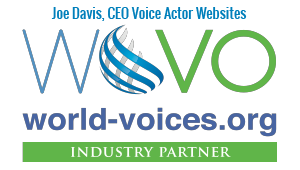This chapter provides technical information about fall hazards and protection methods. The information is intended to help prepare OSHA compliance officers to conduct inspections and investigations. For convenience, links are provided to applicable OSHA standards throughout this chapter. This chapter does not cover all OSHA requirements for fall prevention/protection methods, and is not intended to serve as a comprehensive guide for developing compliant fall protection programs. Although fall hazards are common at construction work sites, fall-related injuries and fatalities are preventable. Fall hazards can be addressed in two main ways:
Fall prevention: preventing workers from falling by using engineering controls (e.g., guardrails and hole covers) or restraint systems.
Fall arrest/rescue: preventing injury during and after a fall by using personal fall arrest systems (PFAS) or safety nets and having an effective rescue plan in place.
Recognizing fall hazards and planning to control them before work begins is critical for determining the best methods and equipment for protecting workers during construction activities at heights.
Emergency response planning will identify necessary emergency response training and critical resources (e.g., trained on-site fall arrest rescue team and rescue equipment). A number of OSHA standards contain provisions for protecting workers from falls. In the construction industry, applicable standards include:
– 29 CFR 1926.500–.503: Fall Protection;
– 29 CFR 1926.760: Steel Erection;
– 29 CFR 1926.954: Electric Power Transmission and Distribution; and
– 29 CFR 1926.1423: Cranes and Derricks.
Refer to Appendix B for a more complete list of OSHA standards on fall protection.
OSHA-approved state occupational safety and health plans may have different standards, but those standards must be at least as effective as federal OSHA requirements. More information about state plans is available on the OSHA website.


